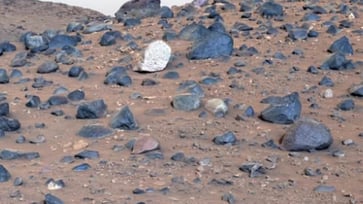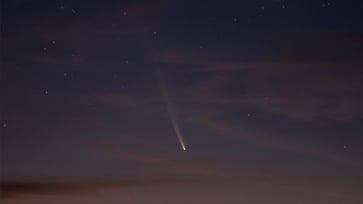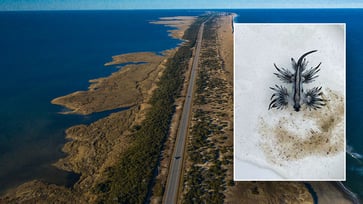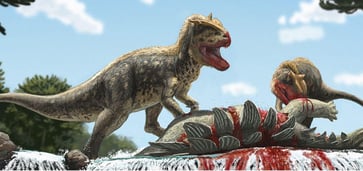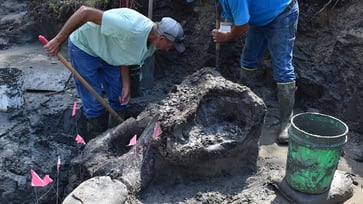A new dinosaur species, Lokiceratops, has been discovered in Montana, according to researchers.
A 22-foot-long, 11,000-pound plant-eating dinosaur has been reported.
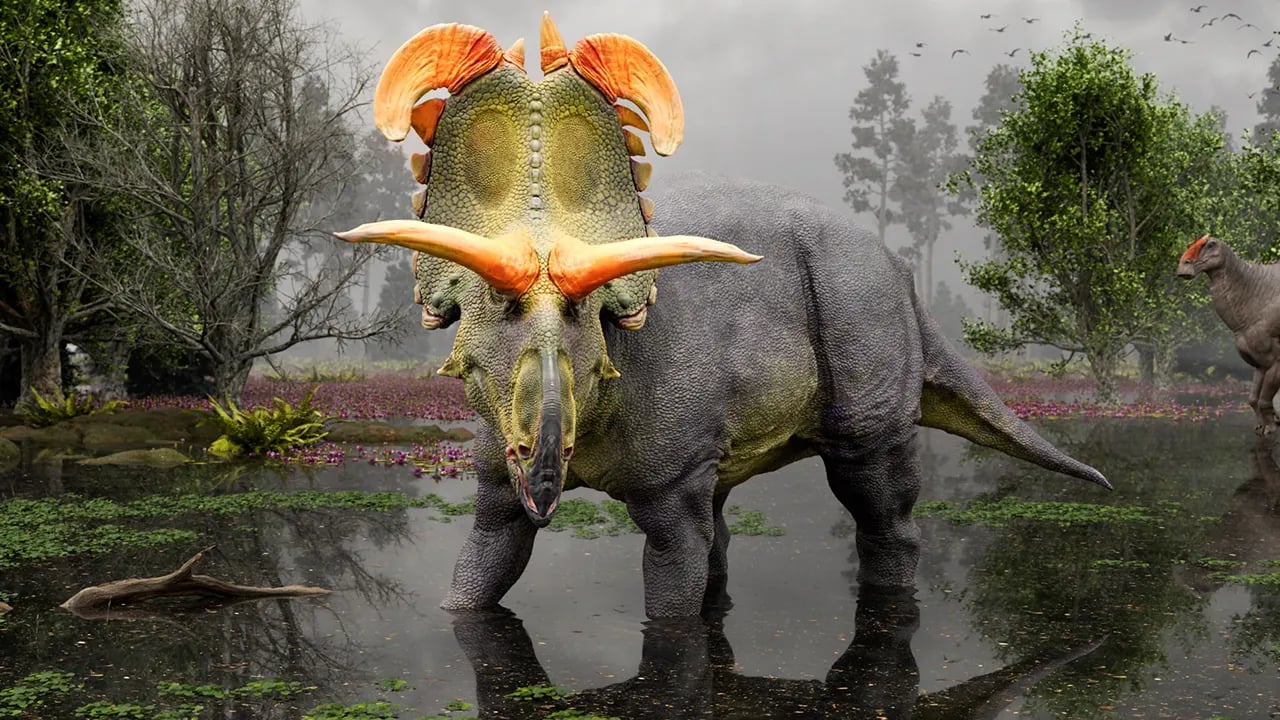
An excavation in northern Montana has led to the discovery of a new plant-eating dinosaur species that is "remarkable" and among the "largest and most ornate ever found," according to researchers.
The Natural History Museum of Utah will display a reconstruction of the skull of Lokiceratops rangiformis, which was first reported in PeerJ on Thursday.
The Museum stated that the dinosaur excavated from the northern Montana badlands, close to the USA-Canada border, is one of the largest and most intricately decorated ever discovered, featuring two massive horns on its frill.
"Lokiceratops lived in swamps and floodplains along the eastern shore of Laramidia more than 78 million years ago. This island continent, now known as the western part of North America, was formed when a great seaway divided the continent around 100 million years ago."

The dinosaur in the museum has several unique features, such as the absence of a nose horn, large, curving blade-like horns on its back, the largest ever found on a horned dinosaur, and a distinct, asymmetric spike in the middle of its frill.
"The Museum stated that Lokiceratops, the largest horned dinosaur of its time, appeared 12 million years earlier than Triceratops. Its name, Lokiceratops, means "Loki's horned face," while rangiformis refers to the differing horn lengths on each side of the frill, similar to the asymmetric antlers of caribou and reindeer."

In 2019, the fossil remains of a dinosaur were discovered in Montana's Kennedy Coulee region and later restored and displayed at the Museum of Evolution in Maribo, Denmark.
The Natural History Museum of Utah in Salt Lake City will exhibit a reconstruction of a skull and a full-size sculpture for the next six months, as per the museum.

Ceratopsids, a group of horned dinosaurs that evolved around 92 million years ago during the Late Cretaceous, diversified into a myriad of fantastically ornamented species, and survived until the end of the time of dinosaurs.
science
You might also like
- Lunar modules from the first two moon landings have been captured in stunning detail by Orbiter photos, more than 50 years after the historic missions.
- Discovery of a remarkable mastodon jaw in a New York homeowner's backyard
- NASA resumes communication with Interstellar Voyager 1 after pause.
- In 2055, the asteroid that was once referred to as Earth's "mini moon" will make a return visit.
- A new species of sea slug that resides in the ocean's 'midnight zone' has been discovered with a glowing appearance.







